From Liberty and Justice for All:
Technology and the Fourth Amendment: Supreme Court Rules on Landmark GPS Tracking Case
On Monday, the Supreme Court issued an important ruling on the subject of surveillance in light of today’s technologies. Its opinion in United States v. Jones makes the rules for surveillance much less clear, which is not surprising given the rapid technological change and the need for further legislative and judicial action to address these complex new issues.
On Monday, the Supreme Court issued an important ruling on the subject of surveillance in light of today’s technologies. Its opinion in United States v. Jones makes the rules for surveillance much less clear, which is not surprising given the rapid technological change and the need for further legislative and judicial action to address these complex new issues.
Law enforcement long has used surveillance to track the comings and goings of suspects, parolees, suspected spies, terrorists, and the like. Surveillance oftentimes was necessary, and always valuable, to make a case. Surveillance also helps law enforcement learn when a crime is about to occur so that the police can prevent it or catch the perpetrators. The actual conduct of surveillance traditionally involves “shoe leather”: binoculars, cars, and cameras, with a team of cops following a suspect as he travels about.
Traditional surveillance did not raise many novel legal issues. Over 50 years, the Supreme Court repeatedly had ruled that what a person exposes to the public – e.g., his location on city streets – is public information that the government freely may use for any lawful purpose.
Monday’s decision changes that rule. Because the federal government suspected Antoine Jones of drug trafficking, it attached a Global-Positioning-System (GPS) tracking device to his wife’s car, tracked his whereabouts for about 30 days, and used that evidence against him at trial. The Supreme Court decided that attachment and use of that device to monitor Jones’s movements constituted a “search” for purposes of the Fourth Amendment. Placement and use of a GPS device on Jones’s car was a trespass on his property by the government, the Court reasoned, which amounts to a “search.”
It is likely the Supreme Court found troubling the government’s ability to keep track of anyone and everyone through use of a GPS device. While the police in the Jones case used visual surveillance and a fixed camera as part of the investigation, the Court did not criticize the use of those longstanding techniques. The reason why may be due to their inherent limitations, not just because they do not involve a trespass.
There always has been a practical limit on the number of police officers assigned to a particular surveillance operation, on the number of cameras installed in public areas, and on the amount of time that a person would expose himself to public surveillance. Those practical limitations create less public and judicial angst when the police use those surveillance practices, which affects how the public and courts feel about their use without prior judicial authorization.
Modern-day electronic surveillance devices, however, explode those limitations. Technology has so enhanced the ability of law enforcement to track someone – whether through security cameras spread throughout a city; bank deposits and withdrawals; credit card transactions; vehicle, school, employment, and financial databases; facial recognition software; and so forth – that the old paradigm no longer may apply. From here on out, whenever the government overcomes physical limitations on human observation by using any newfangled contraption, the claim will be made that use of the device is a “search.”
That much is certain. How the Fourth Amendment now applies to surveillance following this case is an open question. Does this case require that traditional surveillance techniques also be treated as a search? Must the police obtain a search warrant before using a GPS device? And what rule applies when the government uses such equipment to watch suspected terrorists (or spies), rather than street thugs? Expect to see a flurry of litigation over these questions in the months to come.
.gif)



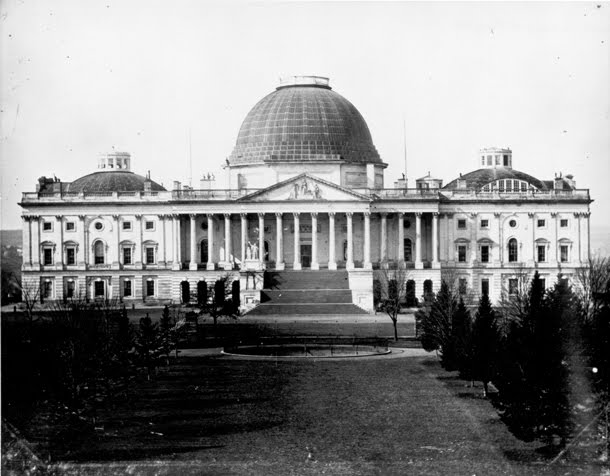









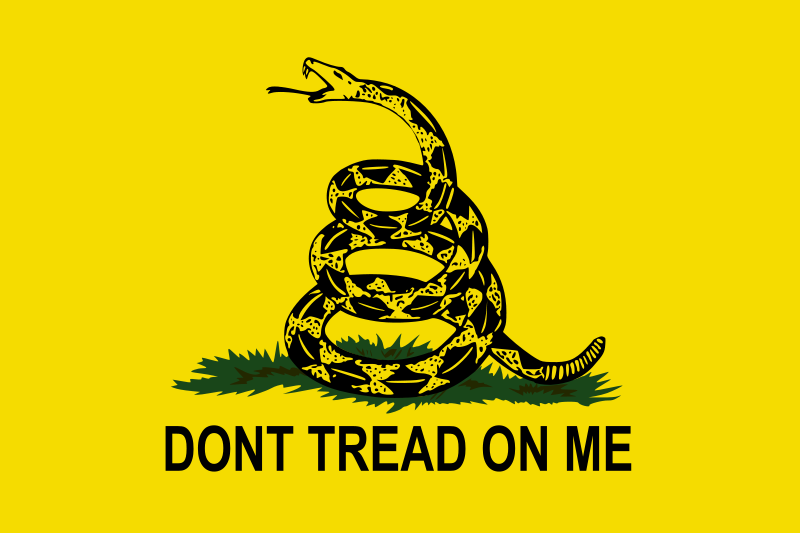
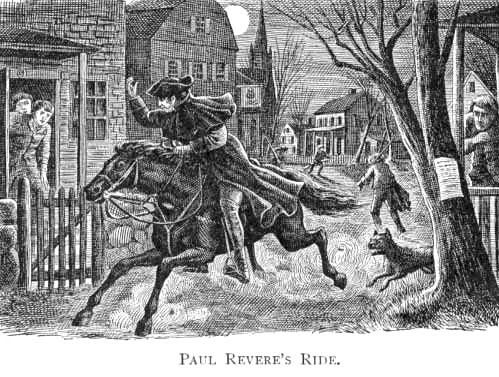

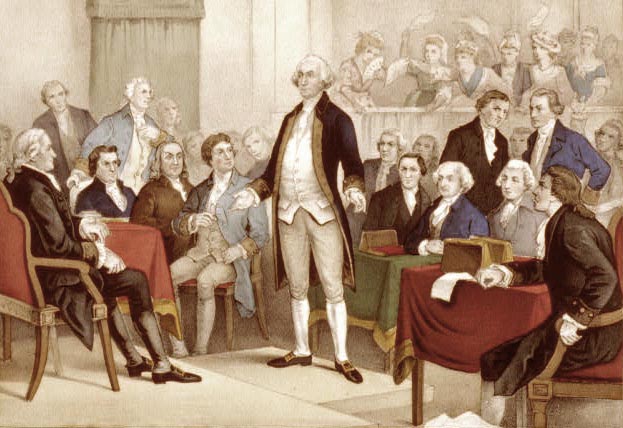

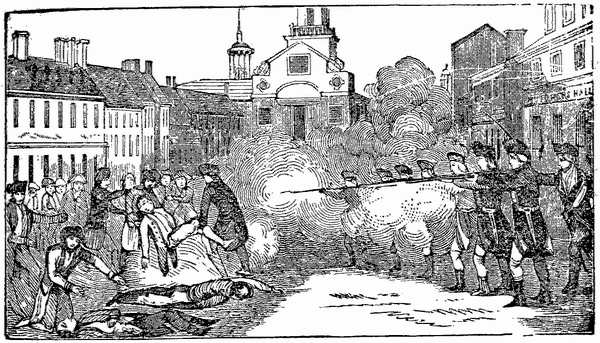

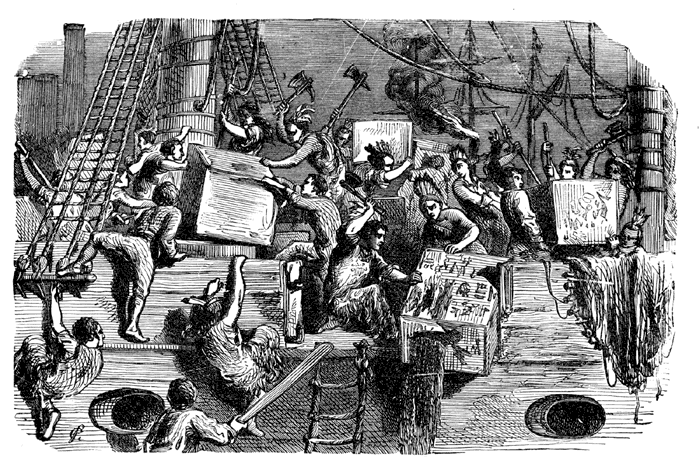




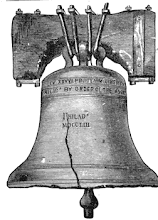




No comments:
Post a Comment